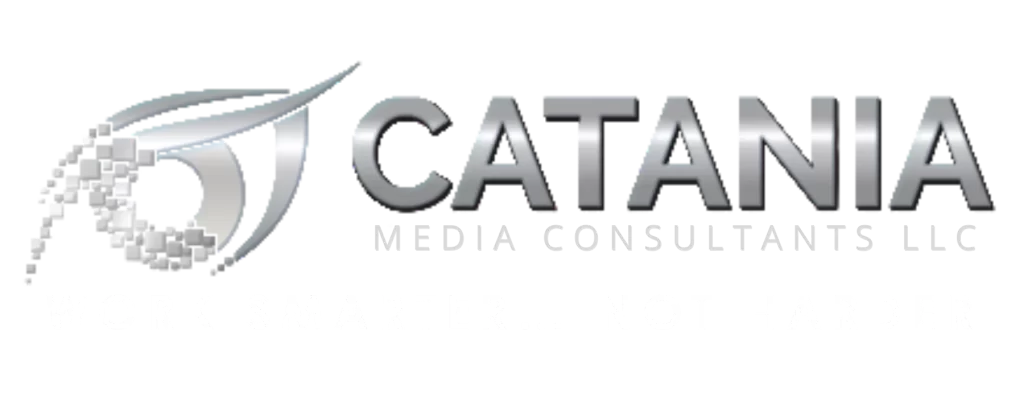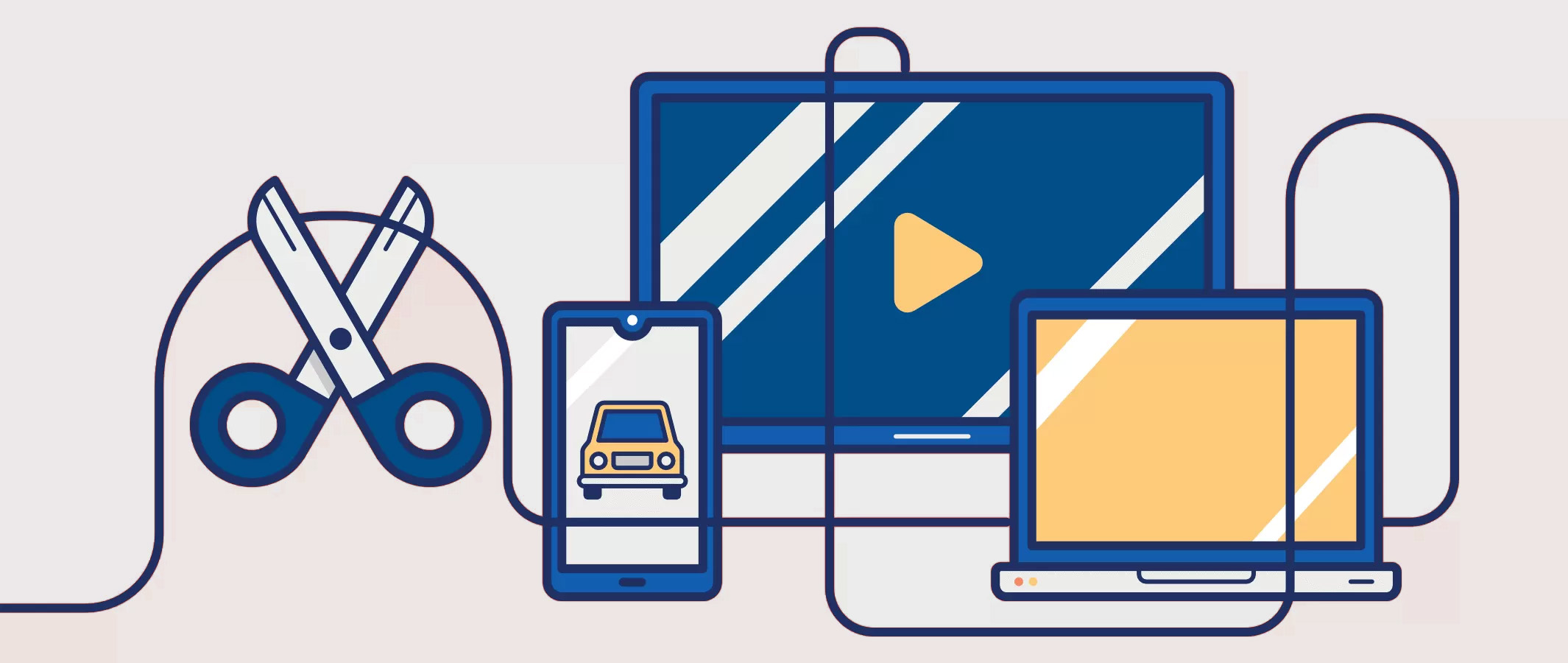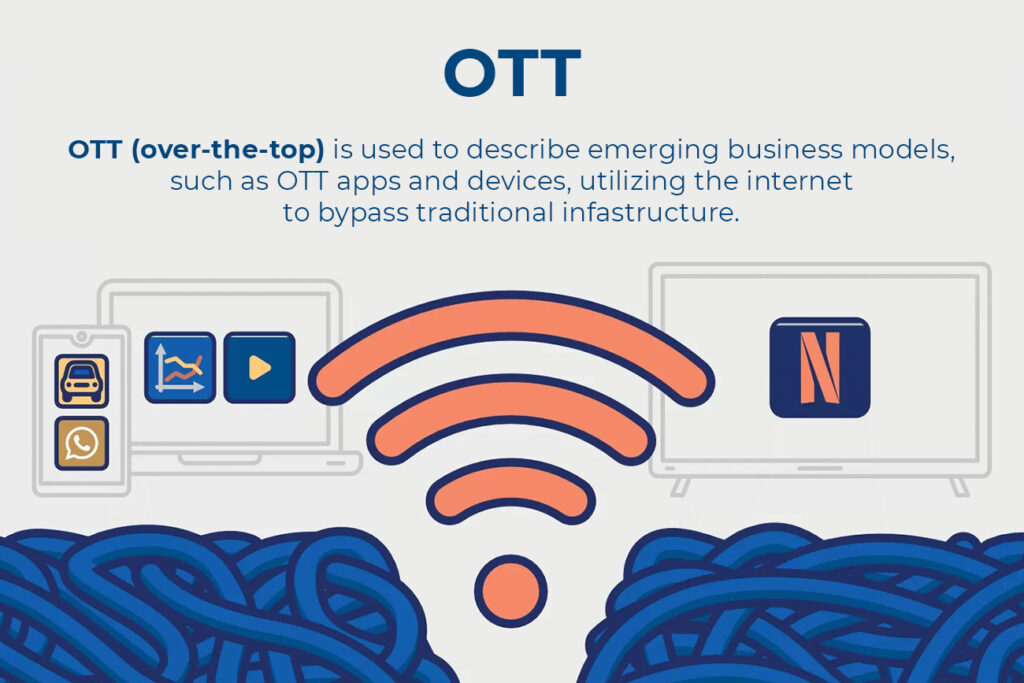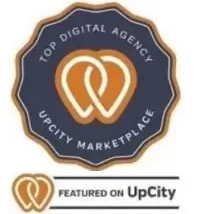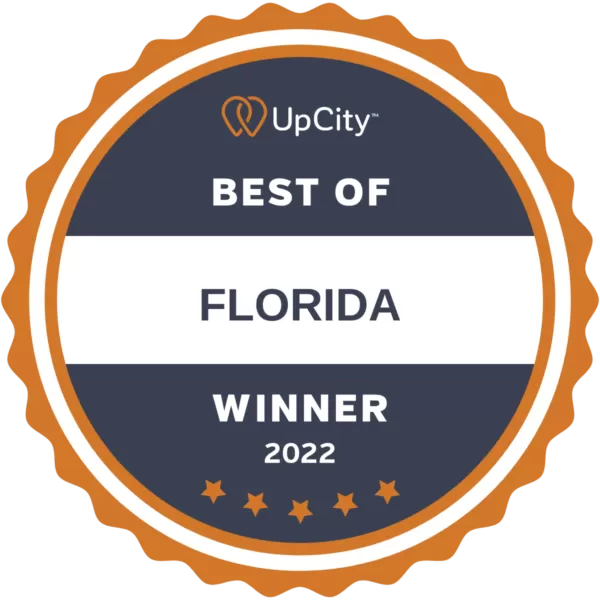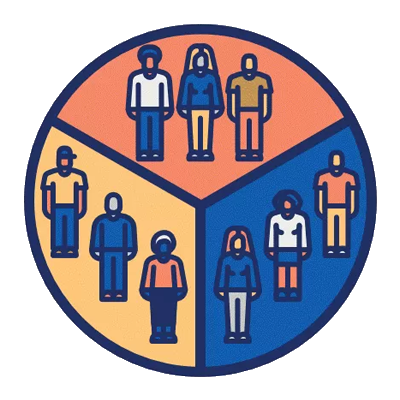OTT (over-the-top) initially referred to services that went “over” the heads of cable providers, specifically streaming services. The term OTT has since been applied to many other products and services that stream content to users using the internet as a replacement for pre-existing infrastructure. It is the latest and greatest marketing and advertising method that is booming now more than another other media and expected to hit record numbers of users which advertisers are taking notice.
OTT (Video Streaming)
Some OTT apps use the internet as an alternative to cellular service, cable television, and financial services. We like to think of OTT as fitting into three distinct buckets:
- OTT Services
Services that were traditionally managed offline, using tangible and even physical materials, are being disrupted by apps that are going over the top.
Historically, if you wanted to buy a share of stock, your stockbroker would need to be physically present at the exchange to shout the number of shares and price they were willing to buy or sell. A counterparty would accept if the price was right.
Today, stock and bonds are purchased online and confirmed nearly instantly — surpassing the traditional model and simultaneously saving the vocal cords of countless traders.
Hailing a taxi is another example of how mobile OTT apps have disrupted the traditional model. Once upon a time, you had to physically hail a taxi to fetch a ride. Today, ride-sharing apps have removed this step and in doing so, disrupted the private transportation industry.
- Content and Message Delivery OTT Apps
OTT has certainly had its impact on the businesses for which the term was first coined — cable providers.
Streaming services such as Hulu, YouTube TV, and Netflix have been responsible for millions of people “cutting the cord,” circumventing the need to pay cable providers for content delivery. These are sometimes referred to as VOD (video on demand), but more on that later.
Other OTT apps use the internet as a method to connect phone calls and send SMS Messages. For example, text messages have traditionally been sent using cellular service but today, iMessage, WhatsApp, and others allow users to send messages whenever the device is connected to the internet.
- OTT Devices
Our devices enable the emergence of more over-the-top technologies. Devices such as the Roku, Chromecast, and Fire Stick allow customers to play their favorite streaming content on their TVs.
As IoT devices enter the home, an increasing number of industries are being disrupted by OTT devices. Consider your electricity for a second — where does it come from? The utility company, of course. But if you install solar panels, you can generate your own electricity and circumvent the need for the electrical grid.
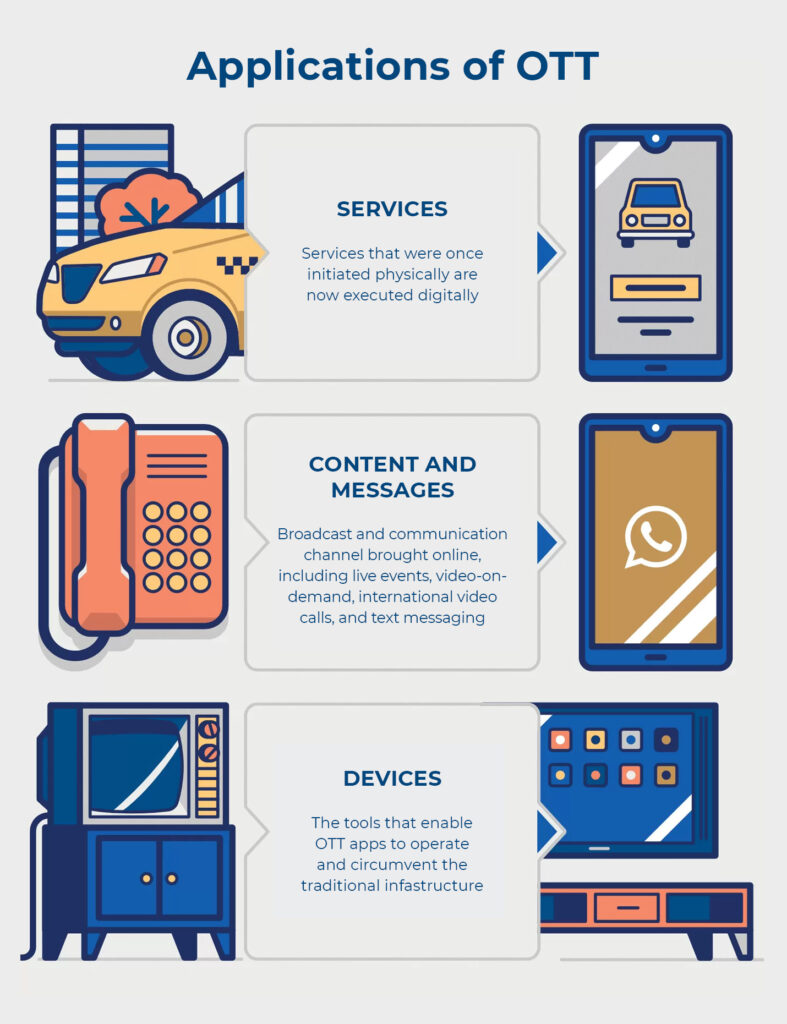
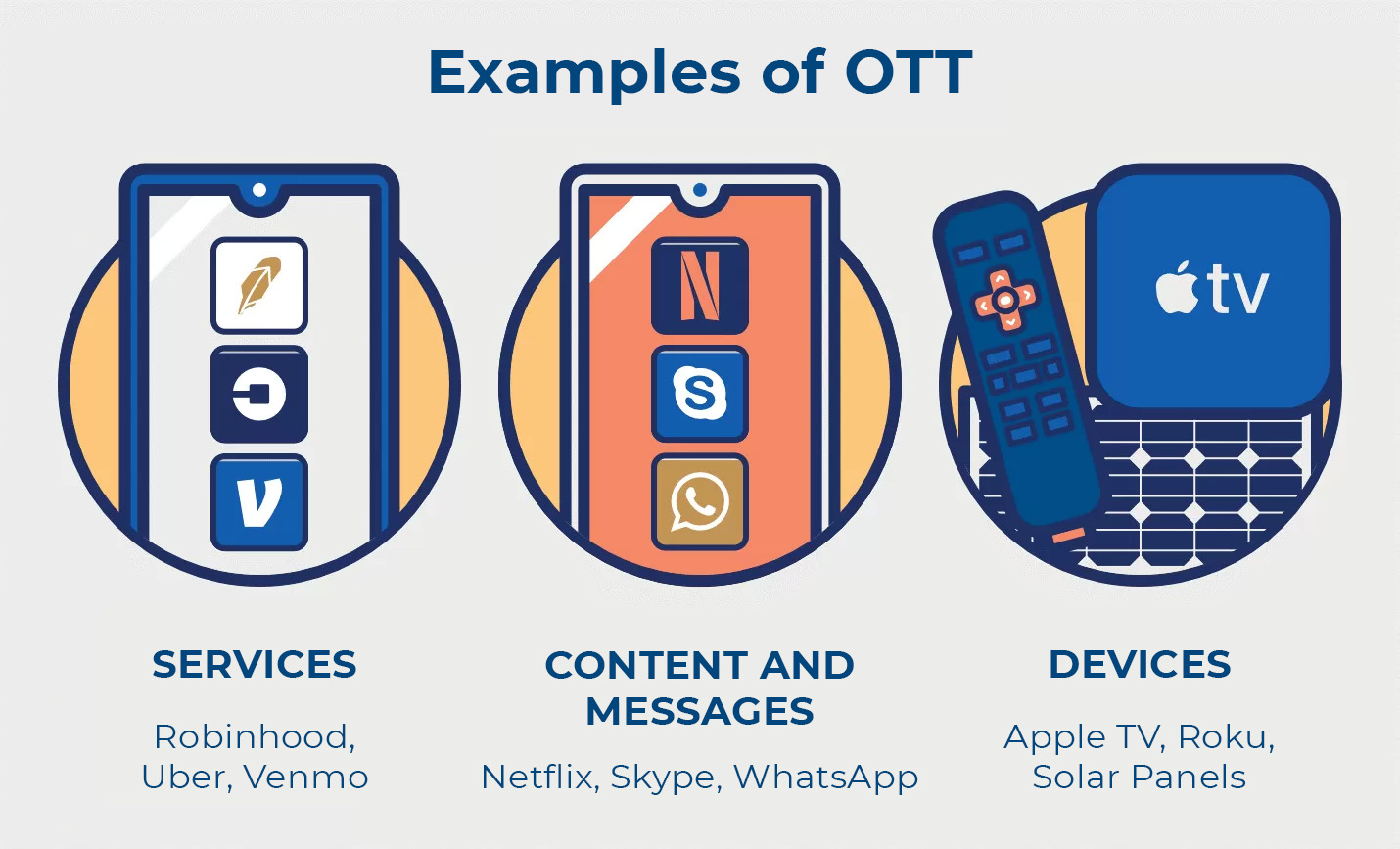
One could argue that solar panels are the most literal form of OTT since they are installed over the top of your house. 😎
3 Benefits of OTT Apps
OTT apps are beneficial to businesses and consumers alike. For example, OTT apps typically offer many more options for payment structures and advertising strategies compared to traditional business models.
Services such as FuboTV can license the rights to live sporting events from the networks that have built out the broadcasting infrastructure, saving FuboTV the investment in the equipment and resources necessary to broadcast live sports.
1. Highly Targeted Advertising
OTT brings the benefits of programmatic advertising to new mediums
Demand Side Platforms (DSP) transformed the programmatic advertising world by offering a way to match ads with the right users more effectively. OTT brings these tools to more channels and platforms that historically could not target or track engagement.
In the past, television advertisers could never really be sure how many people viewed one of their ads or if any further action was taken because of the ad. OTT products offer advertisers the ability to target ads and track the response from various segments more effectively.
2 Customer Segmentation
As analog becomes digital, providers can learn from and connect with their customers.
OTT apps offer marketers the ability to segment customers more precisely, including Live Segmentation. Let’s use podcasting as an example.
In the past, radio towers emanated frequencies essentially into the ether — with little to no understanding of who was listening. Today, podcast apps offer audience insights including geography, device types, episode retention, and more.
3. Increased Efficiency
De-bundling, cord-cutting, and going OTT allows for more efficient content delivery and pricing.
Apps built to bypass the incumbents usually do so because they are able to leverage modern technologies at a better price. As Moore’s Law1 continues to drive the price of computation down, the comparative advantage of OTT apps becomes even more evident.
From a consumer’s point of view, paying for a bundle of TV channels that goes mostly unwatched is unnecessary and inefficient. Instead, pay for the channels you want to watch.

